Types of houses on the market vary widely, which can make house-hunting a challenge. The final choice will depend on budget, taste, and family requirements, however, it pays to peruse the types of houses available, from multifamily options to single-family homes.

Take a look at these various house styles and see what types might fit your needs.
Types of House Styles
Different Types Of Houses
Condominium

A condominium differs from other types of houses. It is one unit in a building or a separate building among many on a specific tract of land. Unlike an apartment, you buy a condo not rent it. Each owner holds title to the residence, whether it’s in a high-rise building or a separate building.
A condominium building is governed by a board that is elected by the residents.
Pros:
- Cost less than a single-family detached house in the same area.
- They include a clubhouse or common areas, pool, gym, and other amenities.
Cons:
- Home Owners Association fees are required for the upkeep of the common areas and the buildings.
- Monthly fees can range from $100 to more than $1,000 a month.
- Modifications may be subject to community rules.
Apartment

The key difference with apartments is that they are rental housing units. In larger buildings, apartments are typically owned by a single entity.
Pros:
- Apartment complexes have maintenance staff on-call to handle things that stop working.
- They offer amenities such as gyms, pools, party rooms tennis courts on-site.
Cons:
- All the apartments look the same.
- Residents generally cannot make major changes to the unit.
- Finishes, hardware and detailing are typically generic.
Distinctive Modern Apartment Style
Robert Silke & Partners of Cape Town, South Africa created Tuynhuys, a new block of 47 apartments in Cape Town’s old city legal district. It was designed to fit into this stoic row of Victorian and Cape Dutch commercial buildings.
Inside, the apartments have clean lines and a modern aesthetic that plays on the architectural elements, such as the round windows and curved walls.
Co-op

A co-op physically looks the same as a condo or an apartment, but the real difference comes in the legal and financial side of the equation. In these contemporary homes, the co-op members are essentially shareholders in the building.
Pros:
- A co-op is often cheaper to buy than a condo.
- Owners don’t technically own a specific unit, lease it from the co-op.
- Co-op fees cover a portion of the building’s mortgage, salaries for doormen, maintenance staff, insurance, real property taxes, etc.
Cons:
- Purchasing can be more challenging because the building’s board rigorously vets each prospective buyer.
- Not every bank will make a co-op loan and not every co-op qualifies.
Custom Extended Family Co-op
This modern structure in the Achumani valley of La Paz, Bolivia takes the co-op concept a step further. The eight-apartment building was designed for three generations of a single-family. Designers Christian Dávila Arquitectos created the simple structure using reinforced concrete to keep costs low.
Inside, some living spaces were left with basic concrete flooring so that the residents could personalize the space.
Townhome
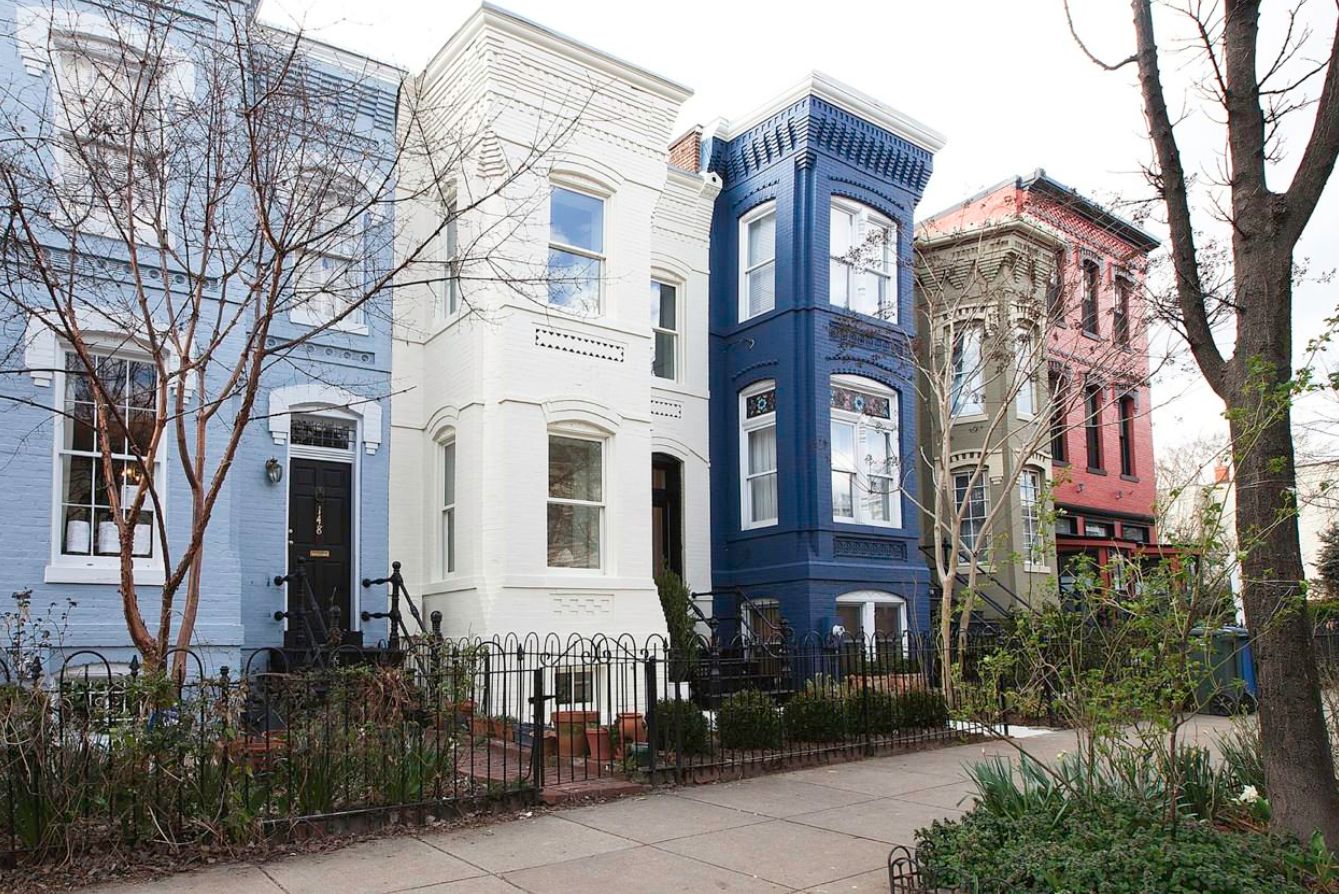
A townhouse is typically a single-family home sandwiched between or next to other homes just like it. Sometimes called row houses, townhomes share side walls and are often quite uniform. It can also be a semi-detached home when it shares one wall.
Pros:
- Residents own the interior and the exterior, including any yard.
- A homeowners association and its fees cover shared maintenance costs, like trash removal and snow plowing.
Cons:
- Associations have rules about elements like exterior paint colors, fences and such.
- You share walls with neighbors.
Urban Townhome With Single-Family Flair
Located in Denver, Colorado, this trio of townhomes by Meridian 105 Architecture sits in the popular Lower Highlands (Lohi) neighborhood, surrounded by a mix of single-family homes, commercial buildings, and large apartment blocks.




Each of the three residences is three stories tall, topped with a fourth-story rooftop deck. Small voids on the side of the building enclose outdoor patios.
The interior space features clean lines, tall ceilings and some outstanding architectural details.
Multi-Family

A multi-family home is just that – a property with more than one unit that can house more than one family. These can be apartments, duplexes, or triplexes.
Pros:
- According to Mashvisor, these can help defray the cost of your own housing.
- By renting out the unoccupied portion, homeowners can afford to have their own place.
Cons:
- Vacancies are always possible.
- You live with renters in close proximity.
Custom Multifamily Focused on Views
This home – named Caspärsch — in Jenins, Switzerland is near the Rhine Valley. Schwabe Suter Architekten devised this distorted rectangular shape that houses two apartments and one duplex apartment.
Each one is divided into a private sleeping area and public living space. On the exterior walls, certain elements are a nod to the village’s traditions, such as the plaster finish and motifs from old handicrafts.
Types of House Styles
Single-family house styles are the most common residential properties. Of course, within this category, there are many different house styles
Ranch-Style Home

A ranch style home is a single-story house with origins in Spanish hacienda. As the suburbs grew in the 1950s these home styles gained popularity. The most common types of ranch-style homes are built with brick, wood or stucco.
Many are on a concrete slab, especially those in California or the Southwest. Others have a crawlspace or full basement.
Main characteristics:
- Ranch-style home design is a rectangular or L or U shape with an open, casual layout.
- These home styles have typically extended eaves and a low-pitched roof, along with an attached garage.
- Ranch floor plans are one story and have large windows as well as sliding glass doors.
Western Ranch Style
These kinds of ranch houses tend not to be single-level suburban homes. They can be any number of stories and have a style typical of the Western United States.
This gorgeous ranch home commands mountain views over its 36-acre plot near Steamboat Springs, Colorado. Created by architect Joe Robbins, the 9,245 square feet of living spaces have a relaxed and appropriately rustic house style.
The home has five bedrooms and four-and-a-half bathrooms – as well as its spacious communal areas. It features numerous fireplaces, plenty of stone, rough-hewn beams and huge windows.
Bungalow

A small, square, single-story house with a front porch is generally called a bungalow. The name comes from India, says Antique Home Style, where small “bangla” huts were used for travelers. Their smaller size makes them ideal for couples and singles. Some even have a Cape Cod style.
Main characteristics:
- Interiors are very efficient with space.
- Closets are small and there are usually built-in cabinets.
- A low-pitched roof and a porch are a must.
Restored Spanish-Style Bungalow

Bungalows are highly sought after, however, they are often sorely in need of modernization. That’s exactly what Byrdesign was facing with the renovation of a 1920s Spanish-style bungalow in Venice Beach, California.
Earlier remodeling wiped out any character as well as its Spanish-style roots. The architects stripped the house to its studs and re-imagined it with a design that features Spanish arches, stucco walls, and a colorful talavera tile.
A new floor plan improved flow and added storage as well as loads of built-ins characteristic of the original era.
Carriage/Coach House

Originating as a building for horses with the caretaker’s quarters above, a carriage house, or coach house, was popular in the Northeastern United States. Today’s coach houses, however, are either older renovated buildings or modern ones built in the old style.
Main characteristics
- Usually secondary to the main house and used for in-law apartments, home offices or studios.
- A carriage home is a single-family home that is similar to a townhouse, also called a zero-lot-line home or patio home.
Contemporary Mansion

The term mansion can be hard to define. Realtor.com says that there is no rule regarding what square footage qualifies a home as a mansion. Generally, it’s over 5,000 square feet, but some say it’s at least 8,000 square feet.
Main characteristics
- Contemporary mansions must-have luxury amenities like entertainment facilities, pools, bars, wine cellars and catering kitchens.
- Smart home technology is becoming a requirement.
Historic Mansion
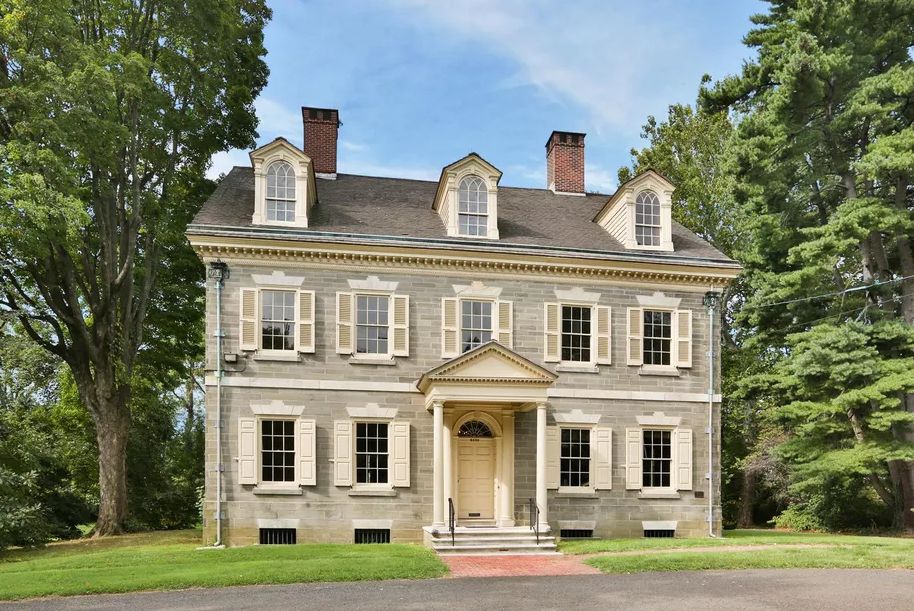
The term “mansion” is derived “through Old French from the Latin word mansio“, an abstract noun derived from the verb manere, to dwell. To be historic, a mansion has to be more than just big and a little old. It must be listed by an official body as “historic.”
Main characteristics
- It must meet certain criteria with regard to age, preserved condition, and historical significance.
- These home styles are hard to come by.
- They are typically named after the original family or the historical event that defines it.
English Cottage

Most English cottages have an immediately recognizable architectural style. They have a steeply pitched roof and cross-gables, large stone or brick chimneys, and small-paned bands of casement windows.
Main characteristics
- English cottages are generally asymmetrical and often have a thatched roof.
- Exterior walls are usually brick, stucco, stone, or wood.
- Interiors are small, cozy and compartmentalized.
Quintessential English Cottage
Named “Elysian,” this English cottage is in Rilla Mill, Cornwall, UK. It’s full of charm and an old-style luxe vibe.
Whitewashed walls create a serene space and accents like rustic beams in the living room and an eclectic kitchen with pastel green cabinetry add extra charm. Three upstairs bedrooms feature blackened floorboards and low ceilings.
Cabin

Synonymous with secluded vacation home, the term cabin can mean many things. These types of houses have traditionally been small, modest structures. Today, these contemporary homes can have all the amenities and as luxurious as a full-time house.
Main characteristics
- Cabins may also be called cottages or camps.
- They have a rural location in the woods and often by a lake or river.
- Traditionally built with logs or timber, these days they use any kind of building material.
Modernized Midcentury Style Cabin
It has all the ease of a typical cabin-type home and a mountain location to boot, but this unique design is all mid-century modern through and through. Johnston Architects capitalized on its location — a mountainside above the river in the Methow Valley of Washington state.




This property has great views and privacy, so the architects used an “L” shaped plan to orient both ends toward the views. The facade is rusty steel while the sides that are less affected by the elements are clad with cedar.
Chalet

The term chalet refers to a house built from wood with a substantial, sloping roof and wide eaves. The architectural style is well suited to hillsides and areas with plentiful snow.
Main characteristics
- It has a single-gable silhouette, wood on the exterior, front balconies and big windows.
- Open floor plan interior with high ceilings.
Luxury Mountain Chalet
This luxury mountain chalet design is an energy-efficient home in Big Sky, Montana. Reid Smith Architects designed this spectacular residence with clean-lined contemporary style and luxurious materials and finishes, including a cozy fireplace.
Castle

A castle is actually a fortified structure that originated in the Middle Ages, built for noble or royal families. That said, there really aren’t any in the United States, writes the New York Times.
Main characteristics
- Buying an existing castle of any size is a big commitment to renovation and maintenance.
- They are functionally challenging, such as having kitchens in the basement and less than optimal plumbing.
Abandoned Castle With New Life
Previously a fortified royal manor, a hotel and then a ruined curiosity, Astley castle is now a home. The abandoned castle in Nuneaton, Warwickshire, UK was restored and reimagined as a fully habitable residence – with running water, a soaking tub and comfy beds.
Through a competition, Witherford Watson Mann Architects were selected to carry out their unique plan for renovating the residence and moat, entry gateway, curtain walls, lake, church, and what was left of the Elizabethan era pleasure gardens.
Chateau

The French term is actually translated as “castle” but is usually used to describe what most call palaces or large French country homes.
Similar to purchasing an old castle, a European chateau is a financial commitment to constant upkeep and maintenance, both inside and out.
Main characteristics
- Expansive lawns with manicured gardens.
- A massive stately residence.
Old World Chateau With Modern Comforts
This custom-designed chateau-style home is on the shores of Lake Minnetonka’s Crystal Bay just outside of Minneapolis, Minnesota. Sharratt Design created the massive 13,000-square-foot family-friendly, sophisticated home.
Plenty of floor-to-ceiling windows open up the view to the lake. With spaces such as an Old World wine cellar, a bar and sports court, there are also lots of places for adults to play.
Palace

Unlike a castle or chateau, a palace is built specifically to be luxurious, spacious and comfortable. The aim is to display wealth and opulence with their size, beauty and high-end materials. They are symbolic with a leisurely life and wealth.
Main characteristics
- Grand homes in every way.
- Large halls and spacious rooms.
Indulge Your Palace Dreams
When it comes to a private palace, you can now stay in one! Located in Jaco, Costa Rica, 250 feet above the Gulf of Nicoya, the Zephyr Palace is a luxury boutique hotel. It has its own private beach, and seven themed suites.
Amenities like an art gallery, gourmet cuisine, infinity swimming pool, plunge pool, and Jacuzzi, are all set amid a tropical rain forest.
Villa
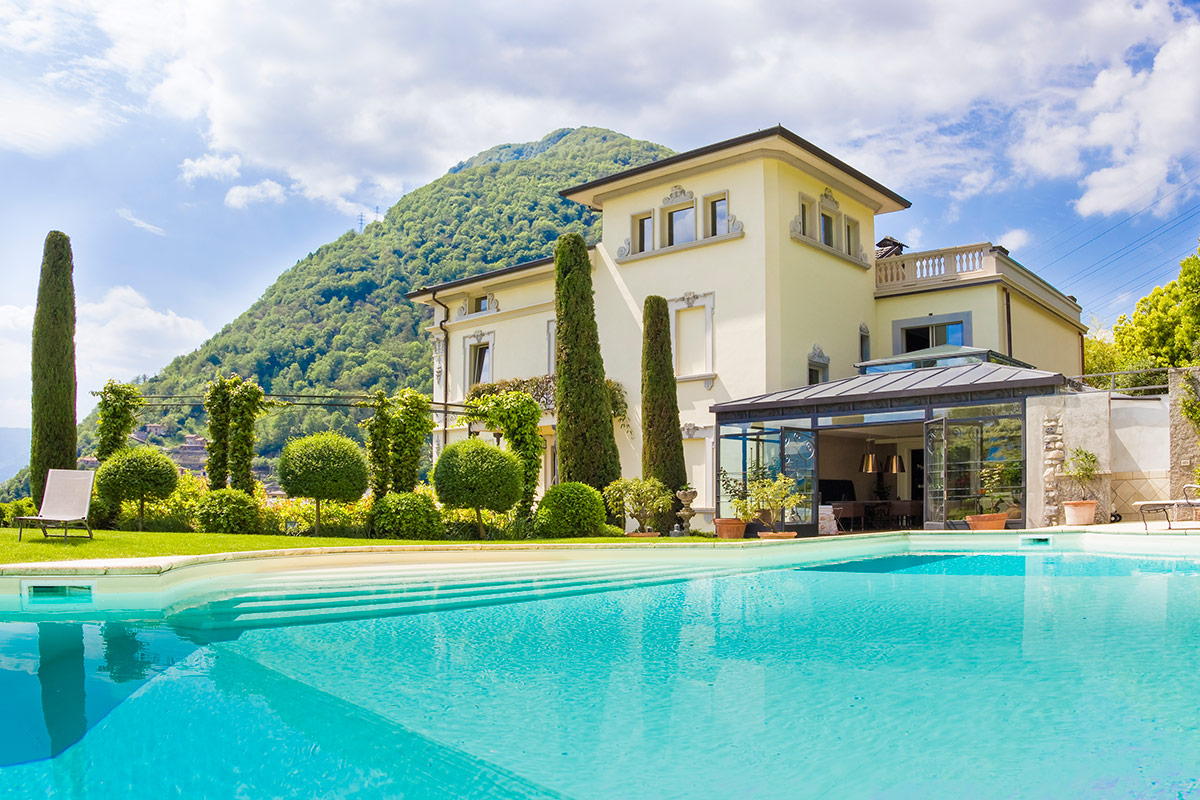
Technically, a villa can be similar to a regular single-family home but is actually known for being a larger, more luxurious residence. These types of houses often have gardens, vineyards fountains or courtyards. In the United States, some planned communities also have units called villas, which are like apartments or condos.
Main characteristics
- Villas can have up to 20 bedrooms.
- They have a luxurious vibe.
Villa in the Pacific Palisades
A villa in the Pacific Palisades neighborhood of Los Angeles, California, boasts a modernist style. O+ L Building Projects designed the 8,273-square-foot family-friendly home in partnership with Gunderson Matkins.
The sprawling house is oriented toward its ocean and golf course views. Inside the look is open and airy with modernist décor.
Amenities include a gym with its own patio, a wine cellar and a home theater for 12.
Manor House

A manor house is essentially a house that has land associated with it. Historically, it was the principal house of a landed estate, according to Castles and Manor Houses.
Main characteristics
- Typically an estate that encompasses fields, woods and sometimes other buildings.
- Not all display largesse and some can be quite modest.
The Manor Reimagined
This English manor house near Houston, Texas has an interior that is pure old-world luxury. The 10,000-square-foot residence is rife with luxurious detailing like grand archways, beamed ceilings, paneled walls and plenty of stone elements.



Jauregui Architecture Interiors Construction designed the home’s extravagant style that is still family-friendly.
Mobile Home

A mobile home is just that – mobile. It’s actually a large trailer or pre-built structure that is used as a permanent residence.
These manufactured homes can be situated on slabs and connect to utilities just like regular single family houses.
Main characteristics
- Less expensive than fixed home architectural styles.
- Requires either an individual lot or a location in a mobile home park.
- Owners are responsible for property taxes and insurance as well as homeowners association fees.
Tiny House on Wheels
Traditional mobile homes are not really designed to move around all the time but tiny homes on wheels are. For those dedicated to minimizing their footprint on the earth by living in a tiny house, the type on wheels is ideal for experiencing different locations.
Large or small, permanent homes or those just for get-aways, these types of mobile homes provide the main necessities in a self-sufficient way.
Tiny home

The tiny home movement has been growing across the globe for the past few years and shows no signs of dying down. These tiny residences allow people to free themselves from a lot of the expenses associated with larger homes, giving them the freedom to pursue activities other than house maintenance and upkeep.
Main characteristics
- The size is around 2.4 x 5 meters, which is between 100 and 400 square feet.
- They generally have a sleeping loft, multipurpose living space and a small bathroom.
- Tiny homes require significant downsizing of belongings and a change in lifestyle.
Tiny Homes Fit for a Vacation
While you might not be ready to live in a tiny home full time, staying in one as a vacation home is a great option. These A-FRAME tiny homes in Tamarindo, Costa Rica are a great example.




The Micheron Studio designed these green and white homes to blend with nature. Made with prefabricated sections, assembly was easy and fast. Inside, the main space is centered around the bed and there is a full bathroom.
Floating

A bit like a condo or mobile home in a park, a floating home is built on a dock-like structure and permanently connected to utilities.
Main characteristics
- Homeowners are responsible for fees for the dock and the slip, along with utilities and any other associated costs.
- Inspections must include a diver to examine the underside.
- These types of houses must meet all building codes and carry all the closing and other costs associated with a traditional home.
A Floating Home That’s Sustainable
More than just a glorified houseboat, this LilliHaus floating house is part of a line of floating homes that are produced with sustainability and traceability in mind. SysHaus of Joanópolis, Brazil, created the house as part of the it “plug&play family, which also includes a miniHaus and a nanoHaus.




All are produced on computer-controlled automatic machines and sent to location totally finished and ready. At 3.20 meters wide by 12 meters long, the designs can be used individually or combined to form a larger unit.
While this one is floating, these homes can also be used on land, and, they can be on-grid or off-grid. For off-grid models like this one, solar panels are used for energy, which is stored in a battery system. All blackwater and greywater are treated in an aerobic and biological treatment station, to be returned to the environment in a state that is pure.
Tree House
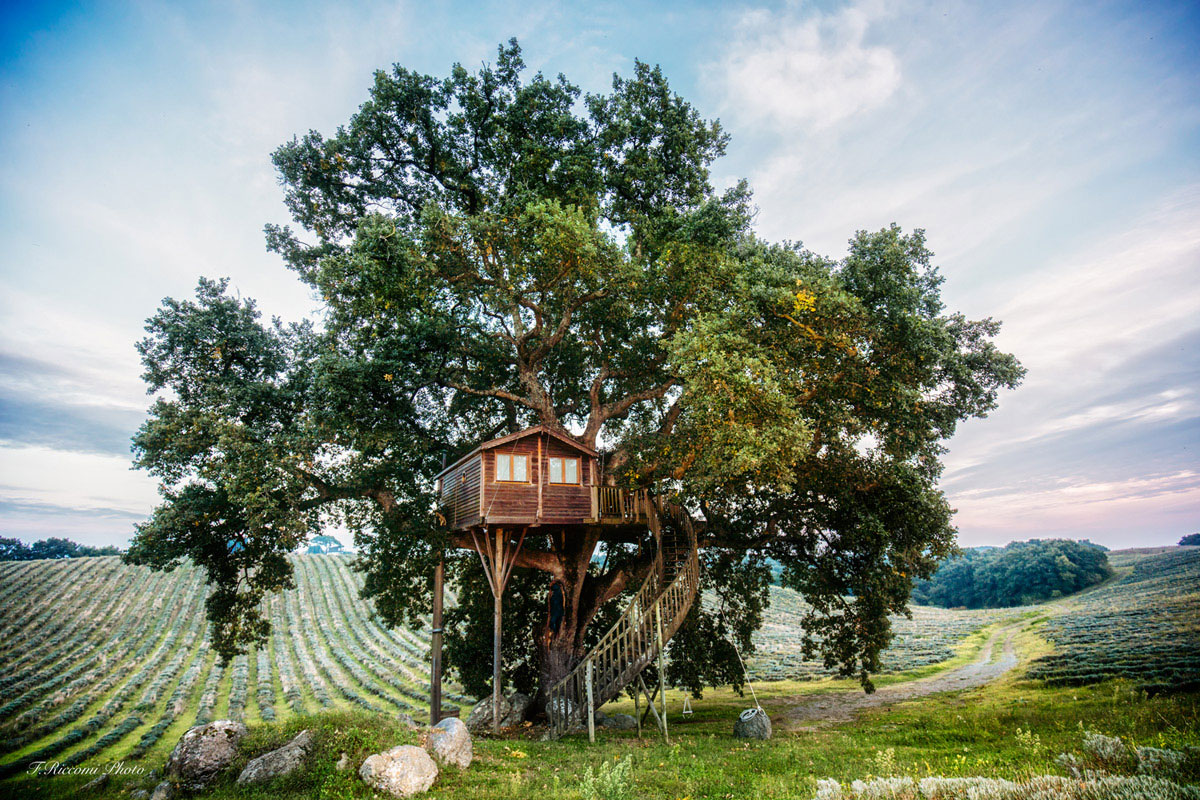
Sure they’re still built for kids in the backyard, but increasingly, homeowners looking for something more novel are turning to the trees.
Treehouses are becoming more common as an off-grid primary residence or vacation home. These types of houses have architectural styles ranging from modest structures made from upcycled materials to luxurious versions designed by architects.
Main characteristics
- Treehouses have great security and privacy.
- Different locations have different building codes governing whether treehouses are allowed.
This Treehouse Means Business
This treehouse is all about being a sustainable model for a company retreat. baumraum architects designed it for for Sappi, the Flemish Forest and Nature Agency, the commune of Hechtel-Eksel and Proximity. The aim was to inspire companies to bridge the gap between economy and ecology.
The entire treehouse is supported by 19 angled steel stilts that connect to the ground with foundation screws that make minimal impact on the forest floor.
The overall design is based on the concept of a sheet of paper that is pleated and wraps around both interior and exterior spaces. The treehouse encompasses two cabins on different levels, connecting terraces, a staircase and a connecting roof.
The lower section has a coffee lounge, pantry, restroom and technology room, while the upper one is ensconced amid the tree tops and is meant for meetings and other events.
Yurt

Sustainability considerations are modernizing the image of the yurt from a 1970’s phenomenon associated with hippie culture into a viable home with a smaller carbon footprint.
Main characteristics
- With an exterior of marine-quality sailcloth, a yurt can withstand all sorts of weather.
- Yurts are generally built on a platform, making them quick, easy and economical to build.
- They do pose challenges for electrical lines and plumbing.
- There’s a lack of privacy for residents.
Container Home

Container homes exploded in popularity Eaince the one of the first and most famous was built in Brisbane, Australia in 2011. According to DiscoverContainers, homes made from shipping containers can cost much less than traditional homes and are generally faster to construct.
Main characteristics
- Each time a container is repurposed for a home, more than 7,000 pounds of steel are recycled and fewer new building materials are used.
- Several containers can be joined together for larger home.
Container House by Plannea Arquitectura + Constanza Domínguez C.
Plannea Arquitectura of La Compania. Chile, created this unique structure, which is made of two containers connected by a large roof. The wide space between can be an extension of the house in the daytime.




These homes are inexpensive and fast to construct. By adding a second container, the architects were able to create two bedrooms and a bathroom inside.
Cave


Caves might have been the earliest type of housing, but they can still serve as homes for people today. In fact, for those who want to minimize environmental impact, cave homes are a popular option, writes Earth Homes Now.
Main characteristics
- They are quiet and secure.
- Cave homes maintain a constant temperature.
- Thy have good protection against the elements and storms.
Photocatalytic Cave
This unusual residence will change any preconceived ideas you might have about living spaces in a cave. West of Mexico City, Mexico the Photocatalytic Cave is 12 meters below a house in the upper part of a hill.
Amezcua architects made this unique home habitable. They installed a secure structural framework including a roof tall enough and physically able to distribute load forces. In addition, they added humidity mitigation systems and proper water runoff.




Inside, past the entrance hall is a kitchen and a dining room able to accommodate 12 people, along with a living room whose sofas was crafted to follow the curvature of the wall.
Underground Homes

Underground homes are actually an efficient – and popular – way to live. In the US, there are already more than 6,000 underground homes.
Main characteristics
- Underground homes require very little exterior maintenance.
- They are safe in natural disasters.
- These types of homes are more energy efficient.
Frequently Asked Questions (FAQ)FAQ
How many styles of houses are there?
There are as many as 36 different styles of houses. Of course. the five most popular make up a large part of the housing market: Ranch, Craftsman, Tudor style homes, Colonial style, and Cape Cod style.
What are the 5 types of houses?
The top five different types of houses are a single-family home, condominium, townhouse, multifamily home and a co-op.
What is the cheapest type of house to build?
Ranch homes are the cheapest single-family homes to build in the U.S. They have a single story and a simple, compact layout that is affordable to construct. A ranch house is highly customizable, so you have room to make it fit your budget and needs.
What type of house do I have?
To determine what type of house you have, start by comparing it to the most common types of houses on the market. Peruse pictures until you find something that looks similar. Does it have two stories or one? Does it have an open floor plan? What type of roofline does it have?
What type of house can I afford?
What type of house you can afford will depend to some degree on where you live. Some regions are notoriously more expensive than others. You’ll be limited by your budget. In general, your total mortgage should less than 28% of your pre-tax monthly income.
What type of siding should I put on my house?
When choosing a type of siding for your house, your choice should be driven by the style of the house and your budget. Of the top five types of siding, vinyl is the most popular and the most affordable. Wood siding is also popular but is more expensive and requires regular painting or staining. Otherwise, fiber cement siding, stucco siding and metal siding.
What style homes are popular in 2022?
The top architectural styles for custom homes in 2022 were Cape Cod style, French Country, Colonial style, Victorian, Greek Revival, Contemporary Craftsman, cottage and Mediterranean.
Conclusion
As always, different types of houses have advantages and disadvantages, and not every kind will be suitable for every person. This roundup is an overview of the breadth of selections available. Study this and when you’re ready to go out with your real estate agent, you’ll know what house style works for you and your family.
The post Types of Houses for Every Lifestyle and Budget appeared first on Home Decorating Trends - Homedit.







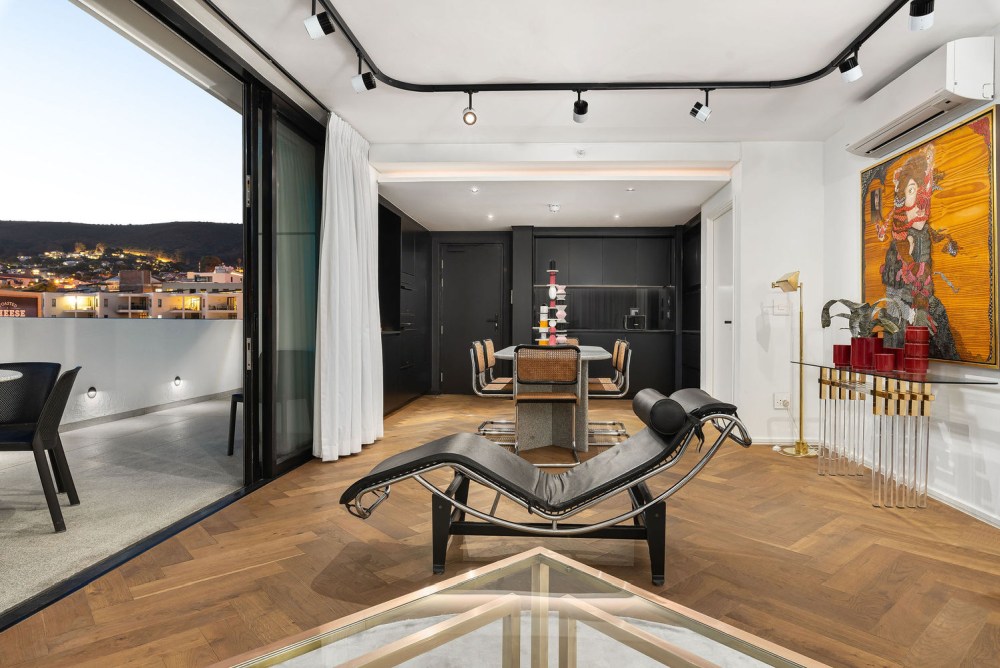






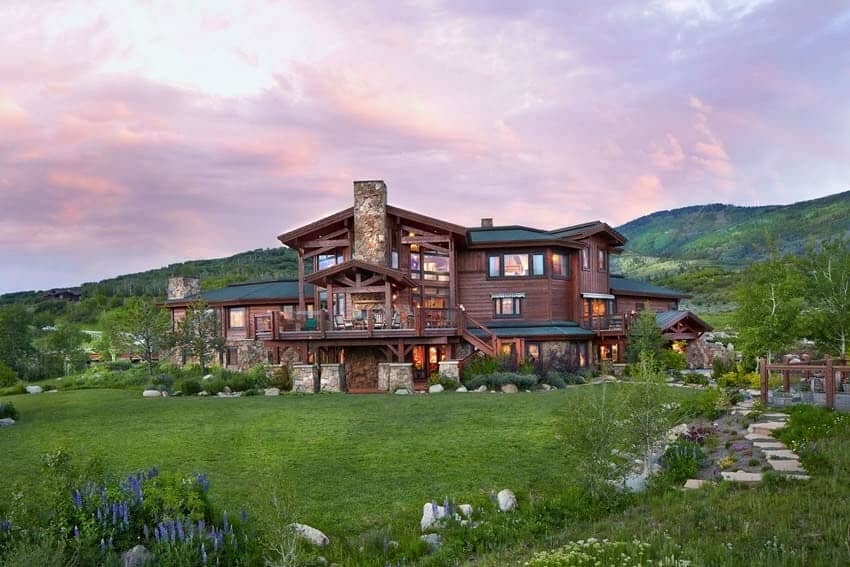




















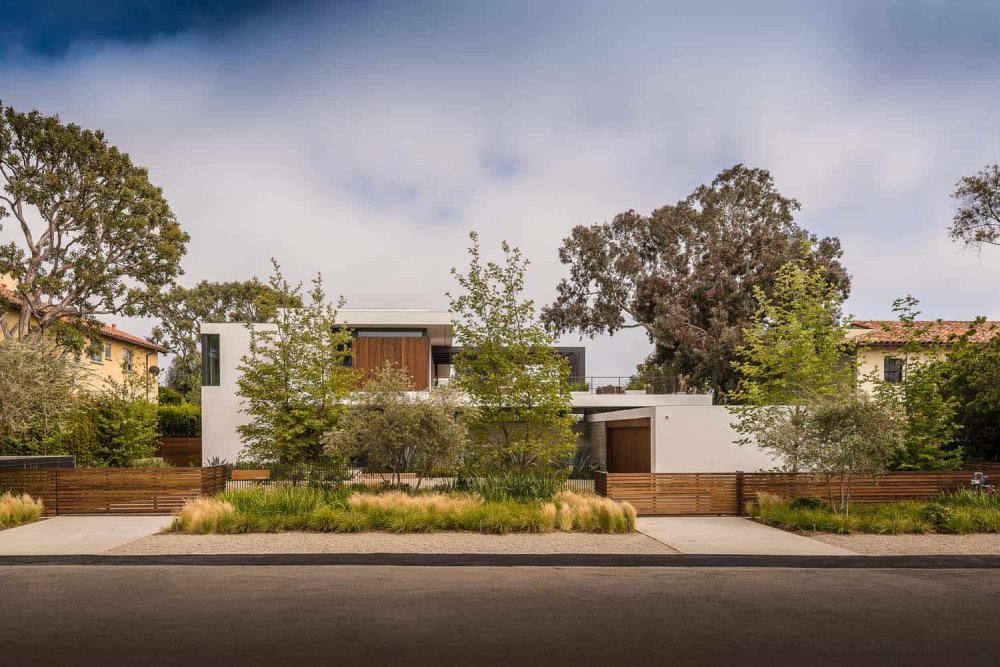

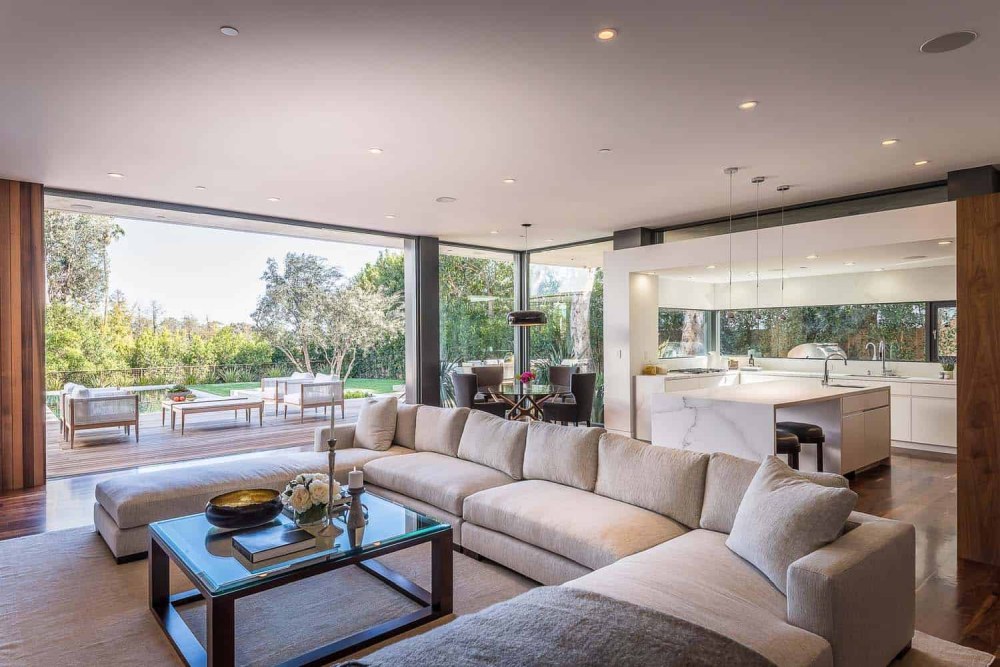














0 Commentaires